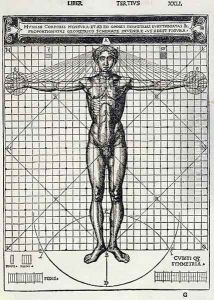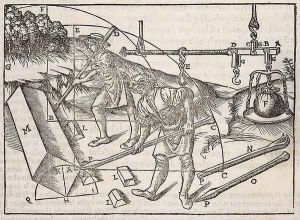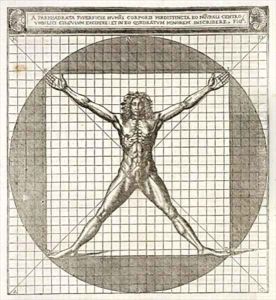Cesare di Lorenzo Cesariano Paintings
Cesare di Lorenzo Cesariano was an Italian architect, theorist, and author, best known for his Italian translation and commentary on Vitruvius's treatise 'De architectura'. Born around 1475 in the town of Cesano Maderno, then part of the Duchy of Milan, Cesariano's early life details are sparse. His cultural background was heavily influenced by the Renaissance humanist movement, which was a defining feature of intellectual life in Italy during this period.
Cesariano is primarily known for his work 'Vitruvius', which was the first illustrated edition of Vitruvius' 'De architectura' and also the first printed in Italy. Published in 1521 in Como, this work was significant not only as a translation but also for its extensive commentary and original illustrations, reflecting Cesariano's interpretation of Vitruvian principles. His illustrations provided a visual understanding of Vitruvius’s ideas, making the ancient text more accessible to the architects and builders of the time.
Though not much is known about Cesariano's architectural works, he is believed to have worked on the Duomo di Milano, the cathedral in Milan, which was one of the most significant Gothic structures in Italy. His Vitruvian scholarship suggests he was deeply involved with the humanist circles and the evolving architectural theories of the day. His interpretation of Vitruvius was informed by the works of other Renaissance figures, like Leon Battista Alberti, and reflects the transition from medieval to modern thinking in architecture.
Cesariano's exact date of death is uncertain, but he is believed to have died in 1543. His legacy lives on through his influential work on 'De architectura', which had a lasting impact on architectural theory and the Renaissance interpretation of classical texts. His contribution helped to disseminate Renaissance architectural concepts throughout Italy and beyond, influencing subsequent generations of architects and theorists.


